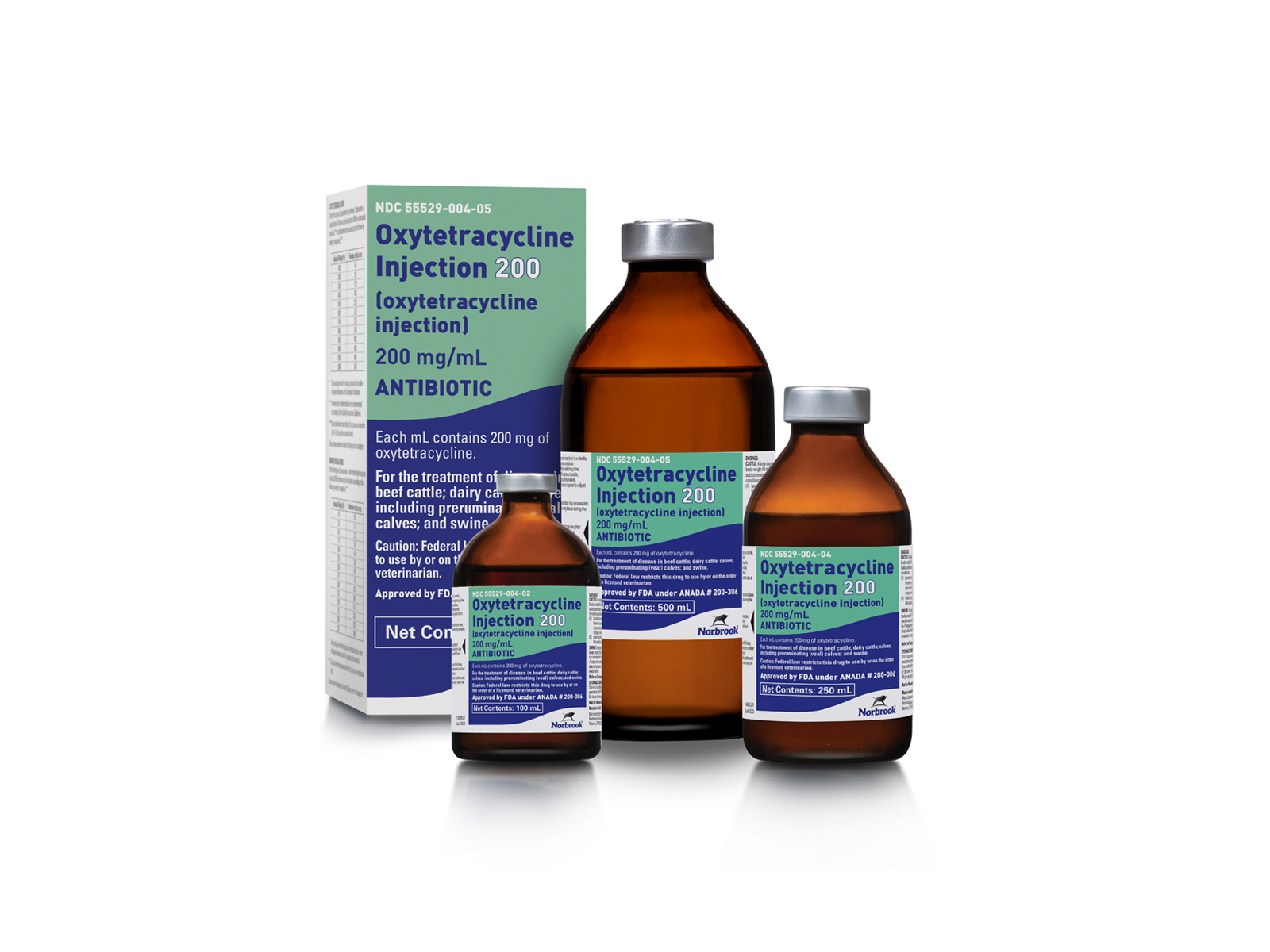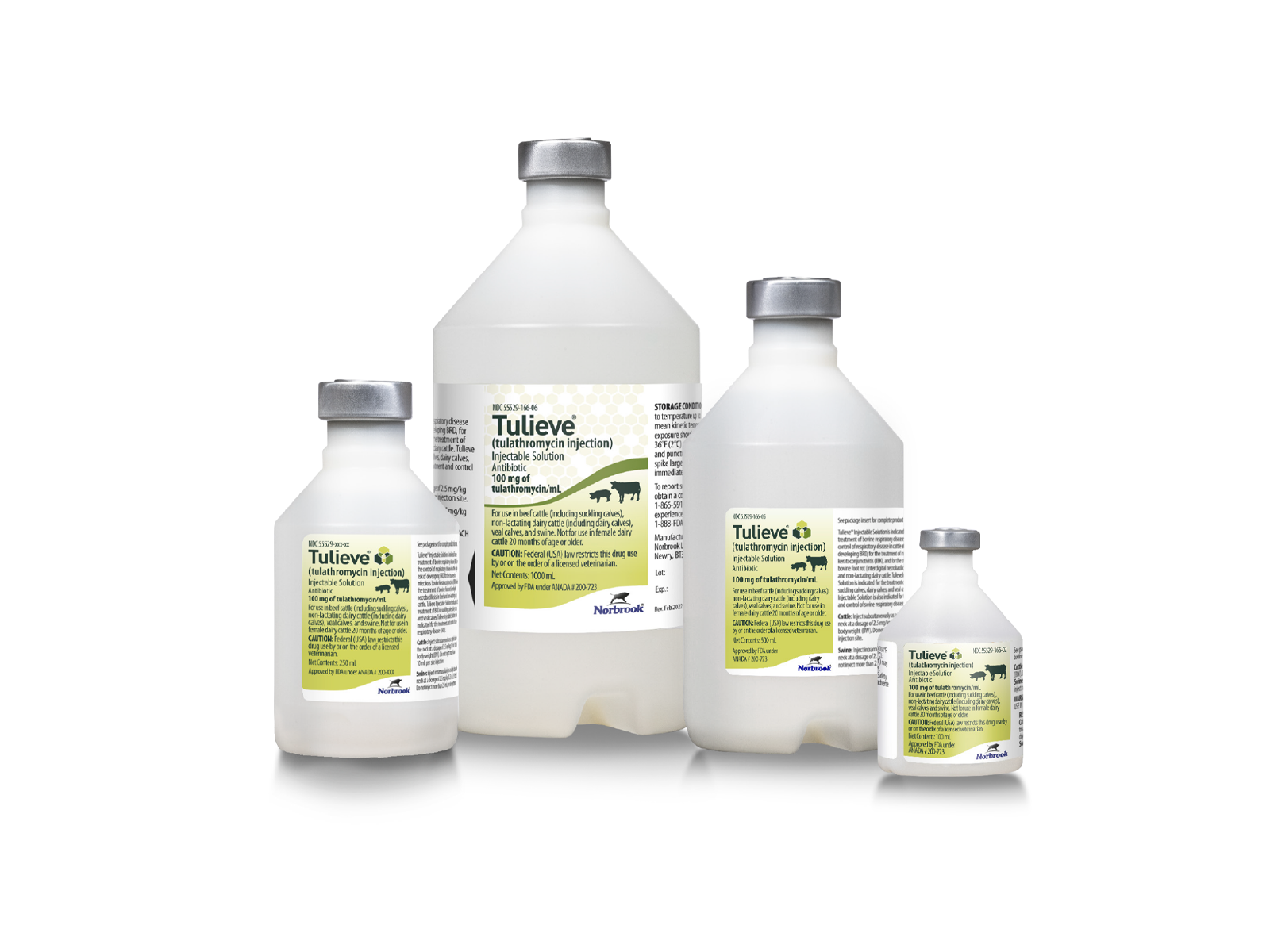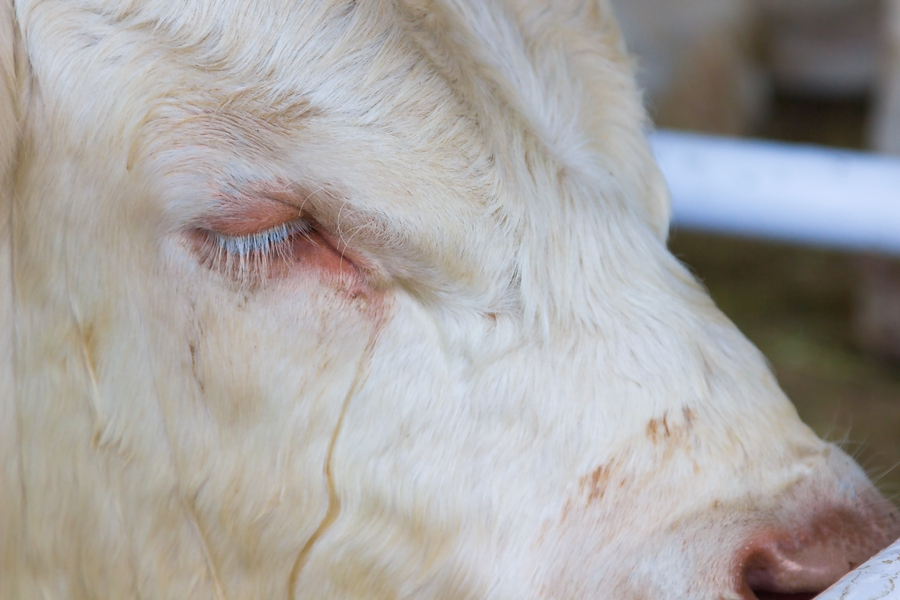
Pinkeye in Cattle
Pinkeye in Cattle
Infectious bovine keratoconjunctivitis (IBK), commonly referred to as “pinkeye,” is a costly and highly contagious ocular disease of cattle. It arises from an initial insult to the cornea and subsequent invasion by bacterial pathogens, most notably Moraxella bovis, although other pathogens can play a role. Clinical signs can quickly progress from watery, red, painful, light-sensitive eyes to significant corneal ulcerations and blindness if left untreated. Pinkeye is multifactorial in nature and derives influence from the environment, pathogens, and host animal.
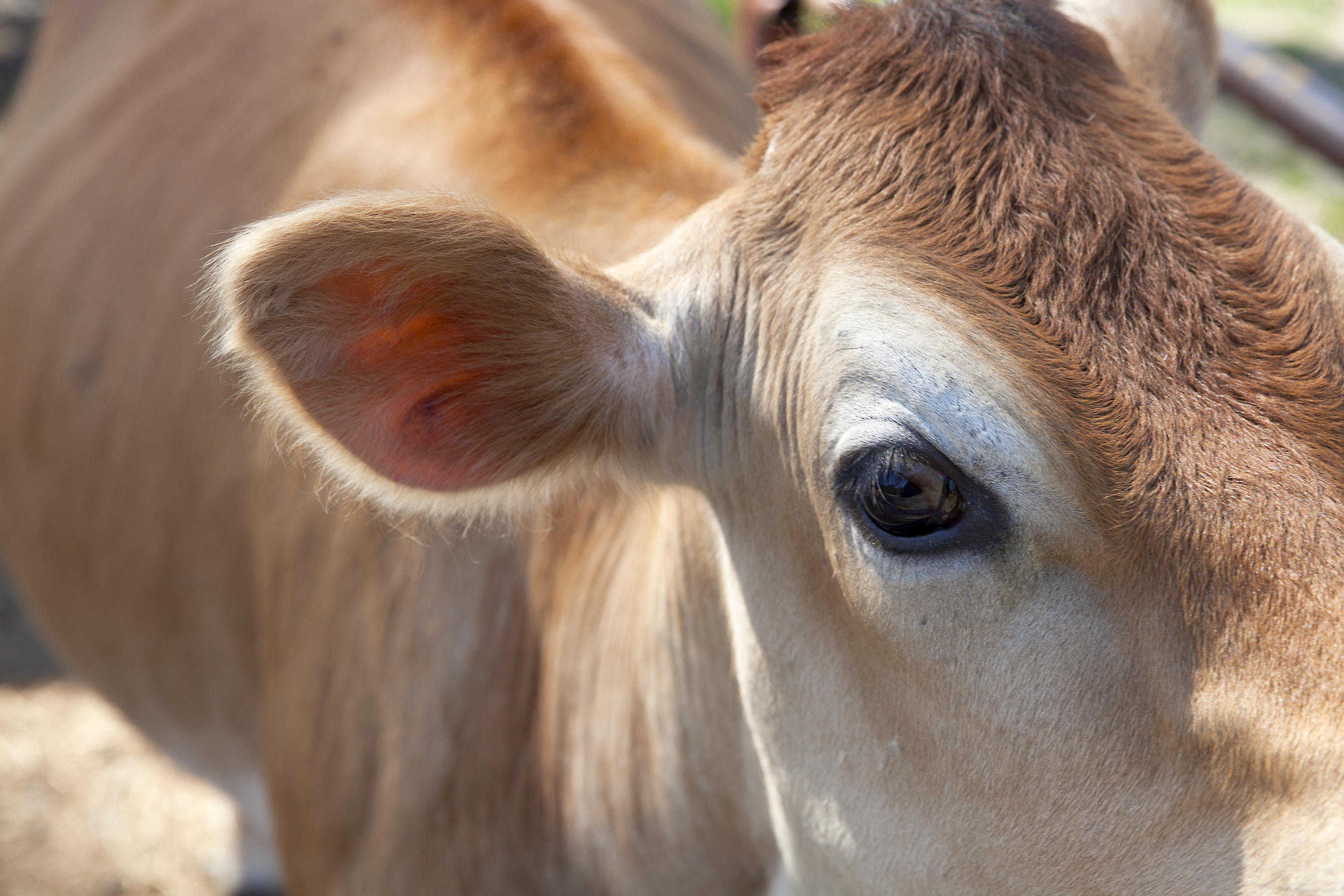
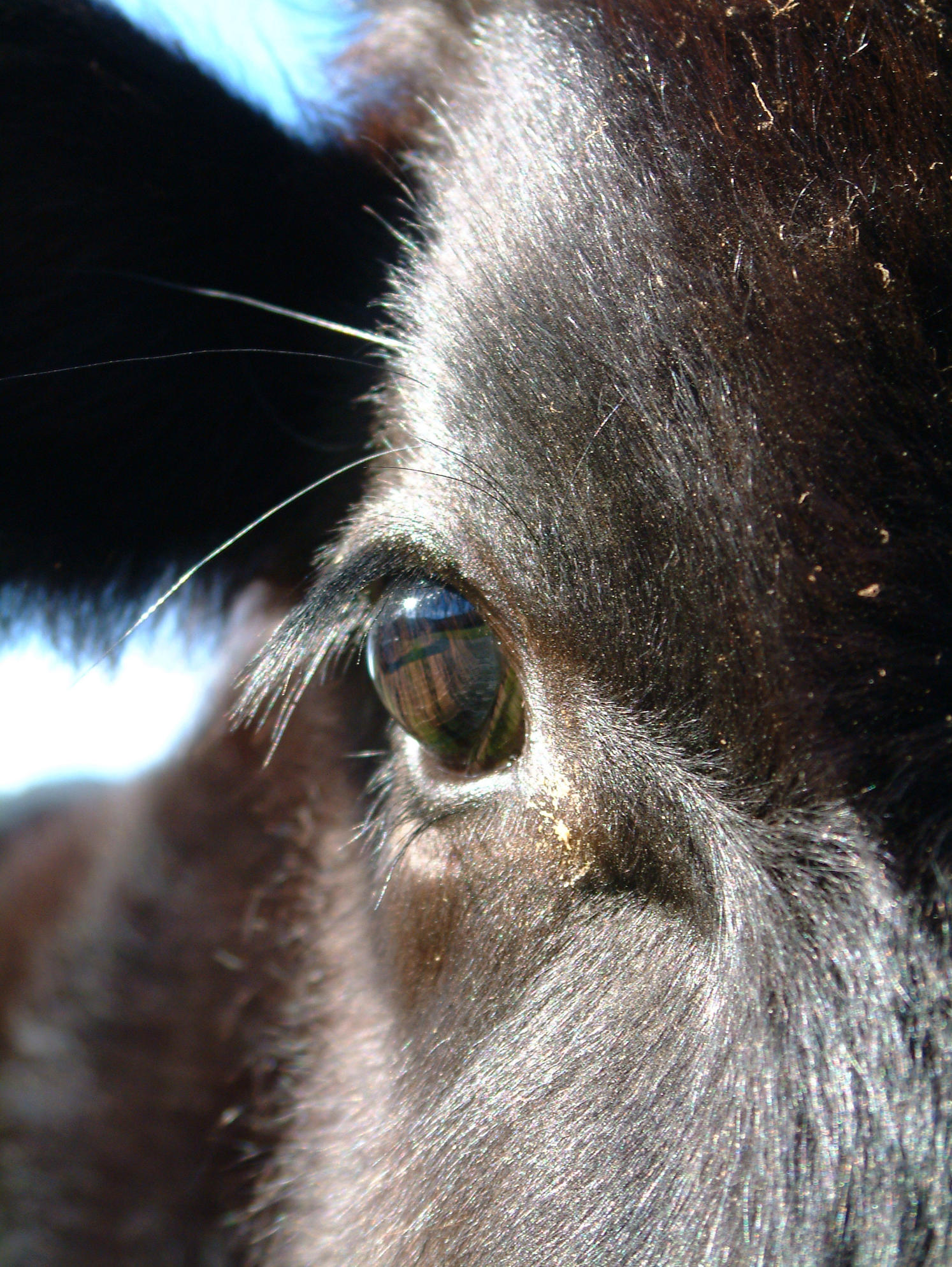
Economic Impact
It has been estimated that pinkeye affects over 10 million calves annually in the United States.1 Economic losses arise from reduced wean weights, slaughter weights, and treatment costs, which can easily exceed $100 per head.1
Understanding Pinkeye in Cattle
Learn more about the causes and signs of pinkeye and how to treat the disease.
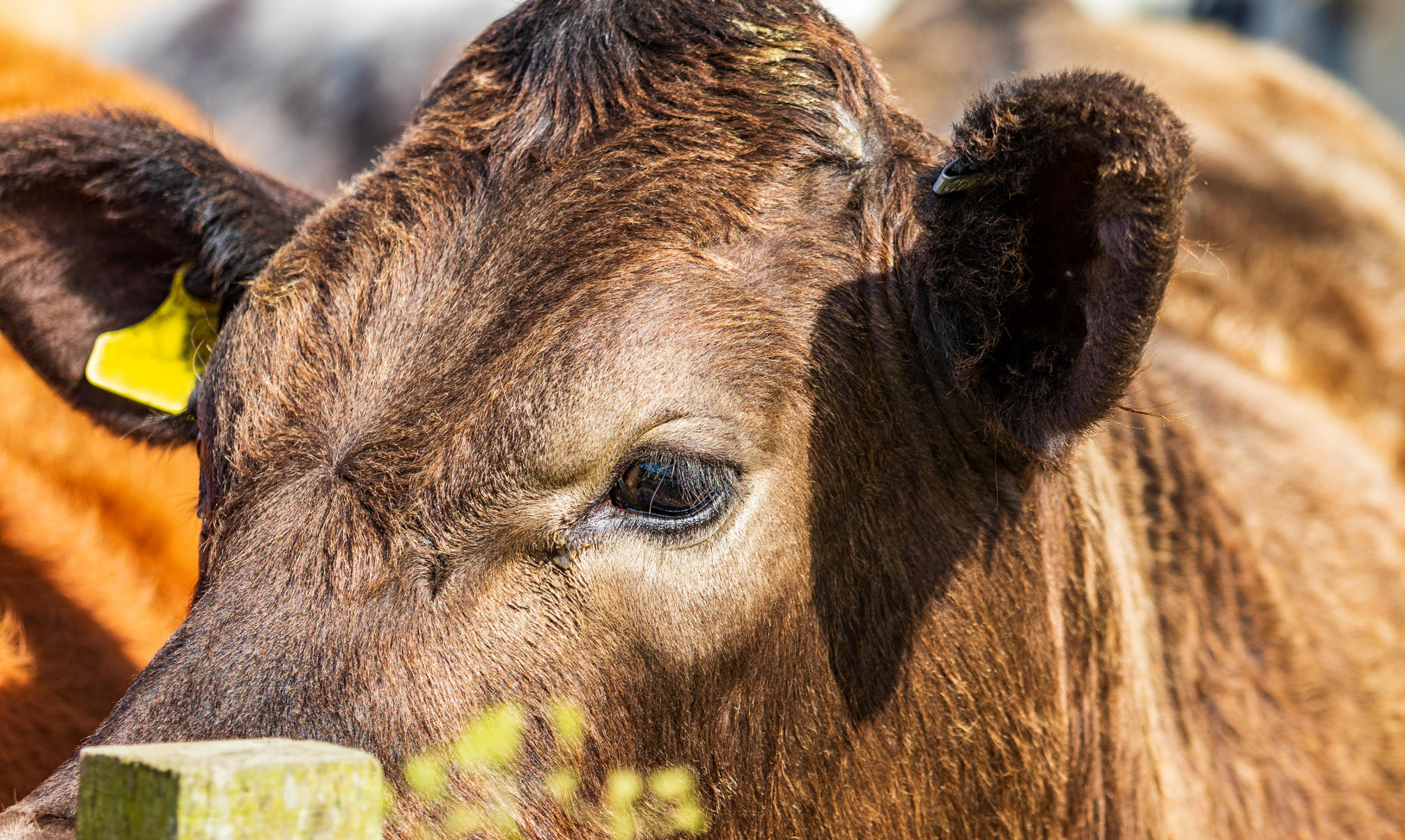
References:
1 University of Tennessee Institute of Agriculture, 2007, Tennessee dairy cattle pest control profile, https://ipmdata.ipmcenters.org/documents/cropprofiles/TNdairycattle.pdf
Safety Information
Noromycin® 300 LA (oxytetracycline injection)
CAUTION: Federal law restricts this drug to use by or on the order of a licensed veterinarian.
Observe label directions and withdrawal times. Not for use in lactating dairy animals. Adverse reactions, including injection site swelling, restlessness, ataxia, trembling, respiratory abnormalities (labored breathing), collapse and possibly death have been reported. Download product labeling here for full product information.
Oxytetracycline Injection 200 (oxytetracycline injection)
CAUTION: Federal law restricts this drug to use by or on the order of a licensed veterinarian.
Observe label directions and withdrawal times. Adverse reactions, including injection site swelling, restlessness, ataxia, trembling, swelling of the eyelids, ears, muzzle, anus and vulva (or scrotum and sheath in males), respiratory abnormalities (labored breathing), frothing at the mouth, collapse and possibly death have been reported. See product labeling here for full product information.
Tulieve® (tulathromycin injection) Injectable Solution
CAUTION: Federal (USA) law restricts this drug use by or on the order of a licensed veterinarian.
IMPORTANT SAFETY INFORMATION FOR CATTLE: Do not use in female dairy cattle 20 months of age or older, including dry dairy cows. Effects on reproductive performance, pregnancy, and lactation have not been determined. Tulieve® has a pre-slaughter withdrawal time of 18 days. Tulieve® should not be used in animals known to be hypersensitive to the product.
IMPORTANT SAFETY INFORMATION FOR SWINE: Tulieve® has a pre-slaughter withdrawal time of 5 days. Tulieve® should not be used in animals known to be hypersensitive to the product. See product labeling here for full product information.
The Norbrook logo, Noromycin and Tulieve are registered trademarks of Norbrook Laboratories Limited.
003-25-130







